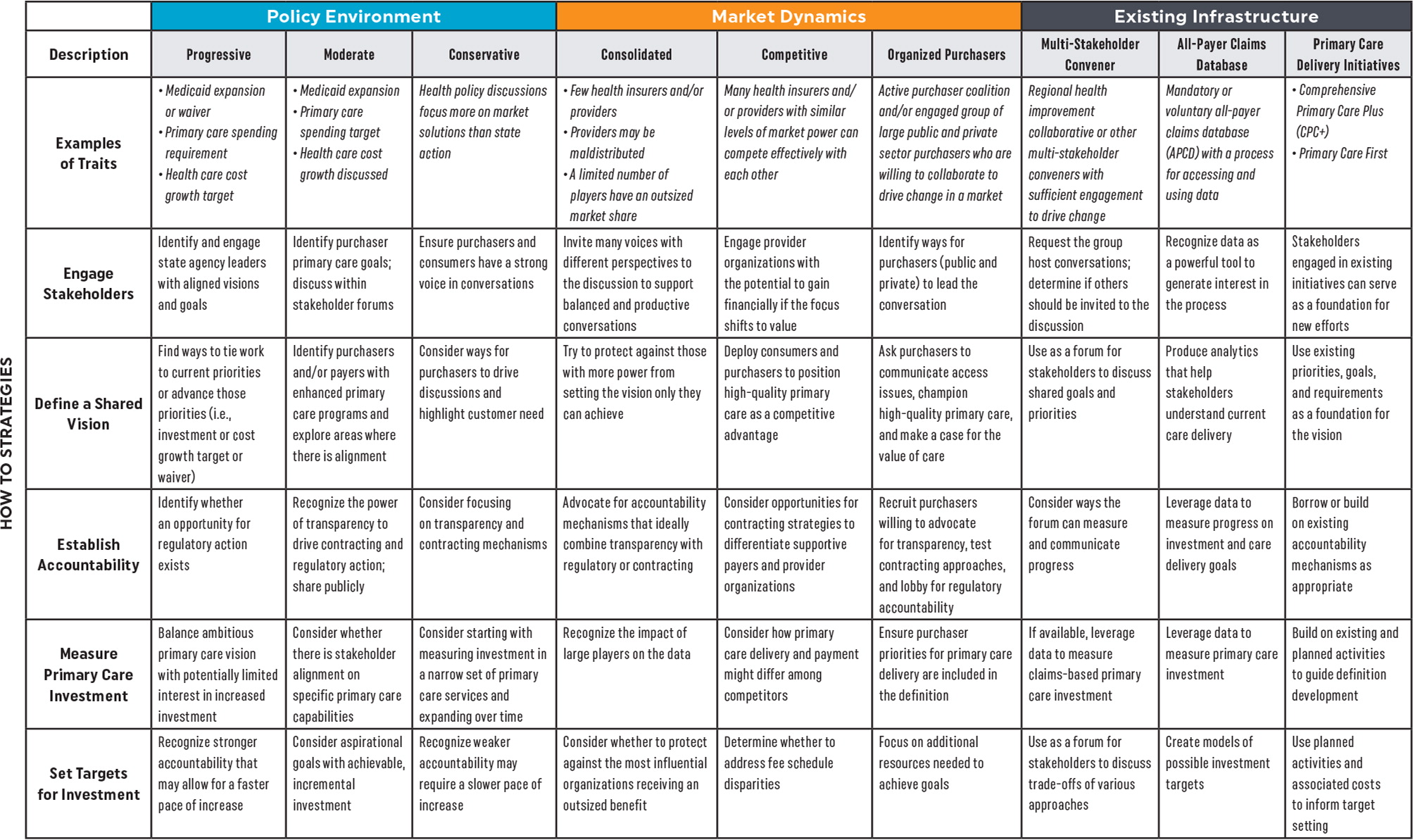
Fam Pract Manag. 2024;31(1):5-6
The publication of this supplement is funded by the American Academy of Family Physicians. Journal editors were not involved in the development of this content.

The foundation of a high-performing health system is grounded in access to equitable primary care with a robust public health support system. The U.S. health care system lacks these critical features and is, therefore, not among the highest-performing health care systems in the world. In fact, according to the Commonwealth Fund’s report Mirror, Mirror: Reflecting Poorly, the United States ranks last in overall health care system performance compared to peer nations in an analysis of 71 performance measures.1 The report highlights four key features of high-performing health systems, including investing in primary care to ensure patients have equitable access to high-quality primary care.
The United States invested just 4.6% of its health care dollars in primary care in 20202 compared to an average of 12-17% in other Organization for Economic Co-operation Development (OECD) nations in 2016.3 High-performing health systems commonly “invest in primary care systems to ensure that high-value services are equitably available in all communities to all people,”1 resulting in better health outcomes for a nation’s citizens.
To become a nation with a high-performing health system, the United States must focus its investment efforts on expanding care teams and offering more convenient and low-cost access to care, low or no-cost primary care services through near-universal coverage, and public health resources to meet patients’ social needs. To achieve these goals, the American Academy of Family Physician’s (AAFP’s) public and private advocacy efforts center around protecting and increasing primary care investment across the United States.
AAFP’S ACTIONS
The AAFP regularly advocates for public and private payers to increase investment in primary care. We engage in collaborative opportunities to champion greater primary care investment, including work with the Milbank Memorial Fund’s Primary Care Investment Network and the Primary Care Collaborative’s State Primary Care Investment Workgroup.
The AAFP hosted a Primary Care Policy and Investment Learning Community for AAFP state chapters in 2022-23 to support state-level efforts to increase primary care investment. Physicians and staff leadership from more than 35 states joined the community to learn from one another, identify best practices, and craft solutions to common challenges. One result of this collaboration was the development of the AAFP Primary Care Investment Toolkit, which includes tools and resources to support state-level advocacy. The toolkit comprises the following five "How To" steps to increase primary care investment:
- Define a shared vision,
- Engage stakeholders,
- Set targets for investment,
- Measure primary care investment,
- Establish accountability.
ENGAGEMENT TOOLS
One resource in the toolkit users have found particularly valuable is the Primary Care Investment Matrix, found in Figure 1. The matrix assists state chapters, advocates, AAFP members, policymakers, and others as they identify opportunities to increase primary care investment in state or local markets. The matrix focuses on the five "How To" steps that reflect a state’s varying policy environment, market dynamics, and existing infrastructure. To use the matrix, stakeholders might ask the following questions:
How progressive is my state’s policy environment?
How consolidated is my market in terms of care delivery organizations, health plans, and purchasers?
What existing infrastructure exists in my state? Do I have a multi-stakeholder convener or all-payer claims database (APCD)? Are there ongoing or forthcoming primary care delivery initiatives?
The answers to these questions allow users to move down the appropriate column of the matrix to identify potential strategies in the five key "How To" steps.

The AAFP tracks primary care investment initiatives at the state level and with many partners. For example, the AAFP actively participates in the Primary Care Collaborative's State Investment Workgroup, which meets regularly with state leaders and includes such resources as an interactive web tool for monitoring state-level primary care investment legislation and its interactive map to see where legislation has been enacted, is pending, or some combination of the two.
Emerging Issue: Policy Landscape
In September 2023, the Center for Medicare and Medicaid Innovation (CMMI) announced a new state-based model, the States Advancing All-Payer Health Equity Approaches and Development (AHEAD) Model. The AHEAD Model aims to test a state’s ability to control overall health care cost growth while simultaneously increasing primary care investment to improve population health and advance health equity.4 In the AHEAD Model, participating states are responsible for managing overall cost and quality while also increasing primary care investment levels across all payers. The AHEAD Model aims to increase investment in primary care through a required all-payer primary care investment target set through legislation or executive order by the end of the first performance year.
Primary Care AHEAD addresses the deficiencies of fee-for-service (FFS) payment in primary care by including a prospective per beneficiary per month (PBPM) Enhanced Primary Care Payment (EPCP). Individual practices, groups, or large care delivery organizations will not apply directly to AHEAD at this time. Instead, states will apply through a notice of funding opportunity or NOFO. The model signals a firm commitment from the Centers for Medicare and Medicaid Services (CMS) that primary care is foundational to achieving a high-performing health system and requires increased investment from all payers to meet this goal.
